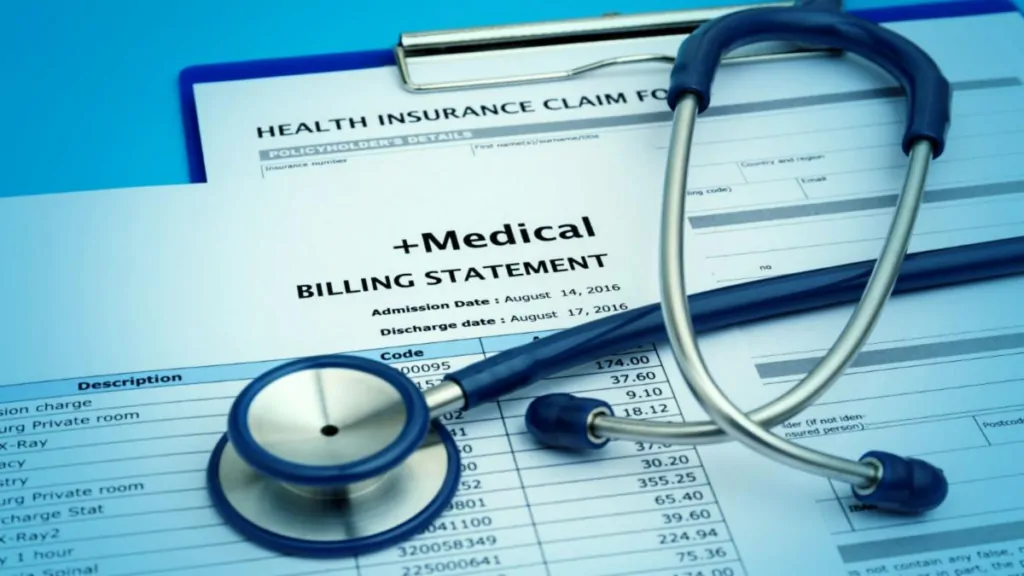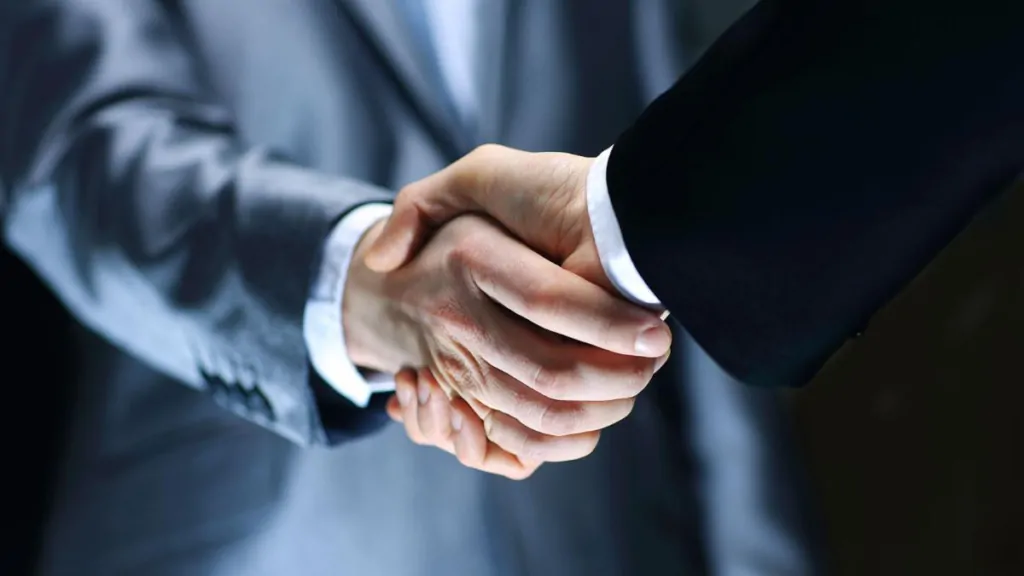Don’t be a sitting duck on I-95

As showcased on ABC News, Semi-tractor trailer trucks, those big 18-wheelers pose a particular hazard on the highway because their size and weight can cause huge damage in a crash, and because they have big blind spots. A big semi-tractor has blind spots in front of it, behind it, to the left and to the […]
Med mal: Was your consent to surgery “informed consent”?

Poor Mr. Yentes. He developed complications after undergoing a robotic prostatectomy, and sued his doctor for not revealing that the doctor had never performed the procedure, or had only performed it on a limited basis and that there would be a proctor (teacher) attending as well. If he had known, Mr. Yentes claimed, he never […]
So if I’m injured while riding in a Lyft or Uber, am I covered or what?

Ride share drivers’ personal auto insurance generally does not provide coverage to the ride share driver, because their personal insurance is not designed to cover them when engaged in commercial activity. But in general, yes, ride share services such as Lyft and Uber both have insurance coverages in place that provide ample protection to passengers […]
Negligent Security Cases Gutted

God forbid, you’re assaulted at a hotel, mall or apartment building. Prior to now, if you sued the property owner for negligently failing to provide sufficient security to deter the crime, the property owner could not defend himself by blaming the assailant for the injuries. The landlord’s hands were tied: Nowhere on the verdict form […]
Crackdown On Letters Of Protection

There is a longstanding and widely used practice in the world of personal injury called Letters of Protection. Suppose you’re hurt in an accident and you don’t have medical insurance. Under those circumstances, some physicians (who typically cater to personal injury victims) accept a written promise from the injured patient and his attorney to pay […]
Rolling The Dice At Mediation

The new law denying injured persons any damages if they are more than 50% at fault could cause the plaintiff to shoot craps in mediation or negotiation. The injured plaintiff now faces the risk of taking and recovering nothing unless she can convince an insurance company or a jury that she was not more than […]
A Right To Damages Taken Away

The biggest change in Florida personal injury law is the change in the law of comparative negligence which now says that an injured party may not recover any damages if the injured party is more than 50 percent at fault. This will affect every single case where both parties were partially at fault, and where […]
“The truth about attorney referral fees”

I just sent a referring attorney a check for $50,000.00 as a referral fee. He was thrilled. $50,000.00 is quite a windfall for a lawyer for “just making a phone call.” But bar rules contemplate that the referring lawyer not just make a call, but participate and assume “secondary responsibility” for the case and client. […]
Can you win punitive damages if you’re hit by a drunk driver?

The tragic death of five teenagers on the Palmetto Expressway because of a drunk driver going the wrong way puts a spot light on the issue of punitive damages for drunk driving in Florida. Florida law clearly recognizes that persons injured by a drunk driver are not only entitled to “compensable damages” –damages intended to […]
On the road: The ten most dangerous intersections in Miami-Dade and Broward

In 2020, more than 24,000 (twenty-four thousand!) people were injured in car accidents in Miami-Dade County. For those of us who driver daily in South Florida traffic with its crazy drivers, here’s a warning about ten spots where we need to be particularly careful: • In Midtown Miami: NE 2nd Ave. and NE 36th Street […]
